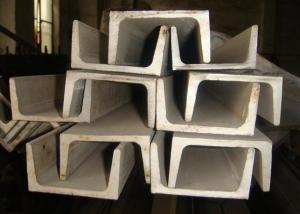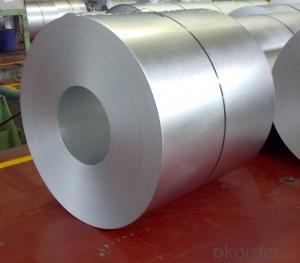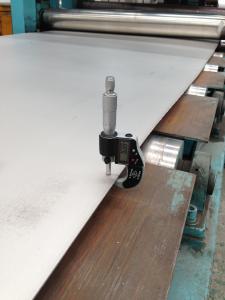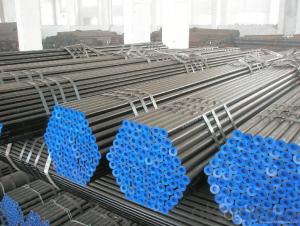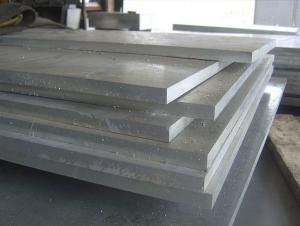Best Stainless Steel Grades
Best Stainless Steel Grades Related Searches
Best Paint For Stainless Steel Best Inverter For Solar System Solar Panel Inverter For Home Best Inverter For Solar Panels Best Solar Inverter For Rv Bending Machine For Pvc Profiles Micro Inverter For Solar Panel Best Glue For Aluminum Foil Pvc Foil For Mdf Plastic Wall Coverings For BathroomsHot Searches
Type Of Inverter For Solar Price Of Shipping Containers For Sale Types Of Inverter For Solar Used Sandwich Panel For Sale Bags Of Cement For Sale Pvc Chairs For Sale Tilt Panel Props For Sale Types Of Temporary Side Panels For Cement Deck Cost Of Awnings For Decks Type Of Scaffolding With Pdf Price Of Scrap Stainless Steel Price Of Stainless Steel Scrap Price Of Stainless Steel Type Of Stainless Steel Best Solar Inverter In China Types Of Stainless Steel Grades Types Of Stainless Steel China Aluminum Coil Factory pvc pipe manufacturers in usa Sandwich Panel Price In IndiaBest Stainless Steel Grades Supplier & Manufacturer from China
Okorder.com is a professional Best Stainless Steel Grades supplier & manufacturer, offers integrated one-stop services including real-time quoting and online cargo tracking. We are funded by CNBM Group, a Fortune 500 enterprise and the largest Best Stainless Steel Grades firm in China.Hot Products
FAQ
- The tensile strength of stainless steel sheets can vary depending on the specific grade and thickness of the material. Generally, stainless steel sheets exhibit a higher tensile strength in comparison to other materials. For instance, stainless steel sheets like the commonly used 304 and 316 grades typically possess tensile strengths ranging from 515 to 690 megapascals (MPa) or 74,800 to 100,000 pounds per square inch (psi). However, it is crucial to note that the tensile strength values may differ for various grades and thicknesses of stainless steel sheets. It is always advisable to seek precise information regarding the tensile strength of specific stainless steel sheets from the manufacturer or supplier.
- There are several benefits of using perforated stainless steel sheets in various applications. Firstly, perforated stainless steel sheets offer excellent strength and durability. Stainless steel is known for its high tensile strength and resistance to corrosion, making it a reliable choice for applications that require strong and long-lasting materials. The perforations in the sheets also do not compromise their structural integrity, ensuring that they can withstand heavy loads and harsh environments. Secondly, perforated stainless steel sheets provide excellent ventilation and airflow. The perforations allow air and other gases to pass through the sheets, making them ideal for applications that require proper ventilation, such as HVAC systems, industrial machinery, and automotive components. This ventilation capability helps prevent the buildup of heat and moisture, which can be crucial in maintaining the efficiency and safety of various equipment. Additionally, perforated stainless steel sheets offer versatility in design and aesthetics. The ability to customize the size, shape, and pattern of the perforations allows for the creation of unique and visually appealing designs. This makes them suitable for architectural applications, interior design elements, and decorative purposes. The wide range of available perforation patterns also enables the control of light transmission, creating interesting lighting effects or privacy screens. Moreover, perforated stainless steel sheets have excellent filtration capabilities. The perforations can be designed to filter out specific particles or substances, making them ideal for applications in the food and beverage industry, pharmaceuticals, and water treatment systems. This feature ensures the cleanliness and purity of the materials or fluids passing through the sheets, improving overall product quality and safety. Lastly, perforated stainless steel sheets are easy to clean and maintain. Stainless steel is non-porous, making it resistant to stains, dirt, and bacteria. This property, combined with the perforations, allows for easy cleaning and disinfection, making them suitable for applications that require high levels of hygiene, such as commercial kitchens, medical facilities, and laboratories. In summary, the benefits of using perforated stainless steel sheets include their strength and durability, ventilation capabilities, versatility in design, filtration capabilities, and ease of cleaning and maintenance. These qualities make them a preferred choice in a wide range of industries and applications.
- Can stainless steel plate spray paint?
- Basic treatment, in the future, the film can not be solid, the first process is to first clean the stainless steel surface. The treatment method can use the tool to root out the original paint, and also use sandpaper to polish the surface. It is better to use sand blasting to make the surface clean after roughening, and to increase the adhesion area of the primer.
- To prevent rusting on stainless steel sheets, you can implement a few preventive measures such as keeping the sheets clean and dry, avoiding exposure to corrosive substances, applying a protective coating or passivation treatment, and ensuring proper ventilation to minimize moisture buildup.
- Yes, stainless steel sheets are highly suitable for water treatment applications. Stainless steel is known for its excellent corrosion resistance, making it the ideal choice for environments where water and moisture are present. It is resistant to rust, staining, and pitting, which ensures the longevity and durability of the sheets in water treatment facilities. Stainless steel sheets also offer hygienic properties, as they are easy to clean and maintain. This is crucial in water treatment applications where cleanliness and sanitation are of utmost importance. Additionally, stainless steel is non-reactive with water, meaning it does not leach harmful substances into the water being treated. Furthermore, stainless steel sheets are strong and can withstand high pressures and temperatures. This is critical in water treatment processes that involve filtration, disinfection, and other treatment methods that may require intense conditions. Overall, stainless steel sheets are an excellent choice for water treatment applications due to their corrosion resistance, hygienic properties, strength, and durability. They provide a reliable and long-lasting solution for various components in water treatment facilities, including tanks, pipes, valves, and other equipment.
- Stainless steel sheets, indeed, prove to be a fitting option for heat exchangers. The choice of stainless steel in heat exchangers stems from its remarkable resistance to corrosion, ability to endure high temperatures, and impressive strength. Its capability to withstand extreme temperatures and pressures renders it a perfect fit for diverse industrial purposes. Moreover, stainless steel sheets possess commendable thermal conductivity, which facilitates efficient heat transfer between fluids. The durability and resilience of these sheets against fouling and scaling further enhance their aptness for heat exchangers, guaranteeing enduring performance and dependability.
- Both 304 and 316 stainless steel sheets are popular options for a wide range of uses because of their exceptional durability and ability to resist corrosion. However, there are some important differences to note. Firstly, the composition of these stainless steel alloys is the most noticeable distinction. 304 stainless steel contains 18% chromium and 8% nickel, while 316 stainless steel contains 16% chromium, 10% nickel, and 2% molybdenum. The added molybdenum in 316 stainless steel enhances its resistance to corrosion, particularly in chloride-rich environments like marine or coastal areas. Therefore, 316 stainless steel is often preferred for applications where exposure to harsh conditions or corrosive chemicals is anticipated. Secondly, the higher nickel and molybdenum content in 316 stainless steel make it more resistant to pitting and crevice corrosion, which can occur in stagnant or low-oxygen environments. This makes 316 stainless steel a better choice for applications that involve prolonged exposure to acidic or alkaline solutions, such as chemical processing plants or medical equipment. Thirdly, the higher molybdenum content in 316 stainless steel also improves its ability to withstand high temperatures. It can endure higher temperatures than 304 stainless steel, making it suitable for applications that involve exposure to heat, such as exhaust systems or boilers. Lastly, 316 stainless steel is generally more expensive than 304 stainless steel due to its higher alloy content. However, the added benefits and increased resistance to corrosion of 316 stainless steel may justify the higher cost in specific applications where performance and longevity are crucial. In conclusion, while both 304 and 316 stainless steel sheets offer exceptional resistance to corrosion, 316 stainless steel provides superior resistance to challenging environments, acidic or alkaline solutions, and higher temperatures due to its higher nickel, chromium, and molybdenum content. The choice between the two will depend on the specific application and the level of corrosion resistance required.
- The modulus of elasticity, also known as Young's modulus, is a measure of the stiffness or rigidity of a material. For stainless steel sheets, the modulus of elasticity typically ranges from 190 to 200 gigapascals (GPa). However, it is important to note that the modulus of elasticity can vary depending on the specific type and grade of stainless steel, as well as factors such as temperature and strain rate.

















